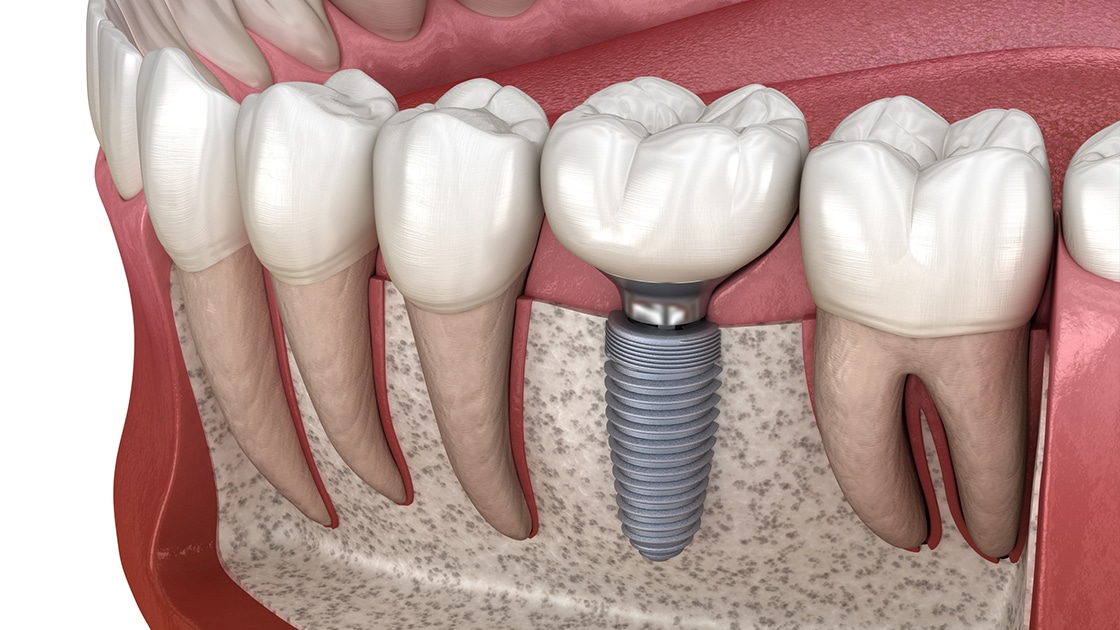Dental implants have revolutionized modern dentistry, offering a reliable and long-lasting solution for individuals with missing teeth. Unlike traditional dentures or bridges, implants are surgically placed into the jawbone, providing a sturdy foundation that mimics the natural tooth structure. This innovative approach not only restores functionality and aesthetics but also promotes oral health by preventing bone loss and preserving the integrity of surrounding teeth.
As the demand for dental implants continues to grow, advancements in technology and materials have significantly improved their success rates and patient outcomes. Many people are turning to implants for their ability to enhance quality of life, allowing individuals to enjoy their favorite foods and smile with confidence. In this article, we will explore the various types of dental implants, the implantation process, and the factors influencing their longevity, empowering readers with the knowledge needed to make informed decisions about their dental health.
Types of Dental Implants
Dental implants come in several varieties, each designed to meet different needs and conditions of the patient. The most common type is the endosteal implant, which is surgically inserted directly into the jawbone and can support one or multiple prosthetic teeth. Another option is the subperiosteal implant, placed under the gum but above the jawbone, primarily used for patients with minimal bone height. Additionally, advancements like mini implants are available for cases where conventional options may not be feasible. Each type offers unique benefits and can be tailored to the patient’s specific dental anatomy and lifestyle, making Dental implants in Keene Texas a versatile solution for tooth replacement.

The Implantation Process
The process of receiving dental implants typically involves several stages, starting with a thorough evaluation and treatment planning by a dental professional. Once the plan is set, the surgical procedure begins, where the implant is placed in the jawbone. After surgery, a healing period of several months is often required for osseointegration, where the bone fuses with the implant, ensuring a strong foundation. Once healed, an abutment is attached, followed by the placement of the custom-made crown. This meticulous process not only guarantees stability and functionality but also ensures that the end result blends seamlessly with the patient’s natural teeth, enhancing both appearance and confidence.
In conclusion, dental implants stand out as a transformative solution for those seeking to restore their smiles and improve their overall dental health. With their numerous types tailored to individual needs, the surgical process one undergoes is designed to ensure durability and aesthetic appeal, resulting in a natural look and feel. As technology continues to advance, the effectiveness and accessibility of dental implants will only improve, offering more people the opportunity to regain their quality of life. Ultimately, those considering dental implants should feel empowered to explore this innovative option, as it not only enhances functionality but can also significantly boost self-esteem and overall well-being.





